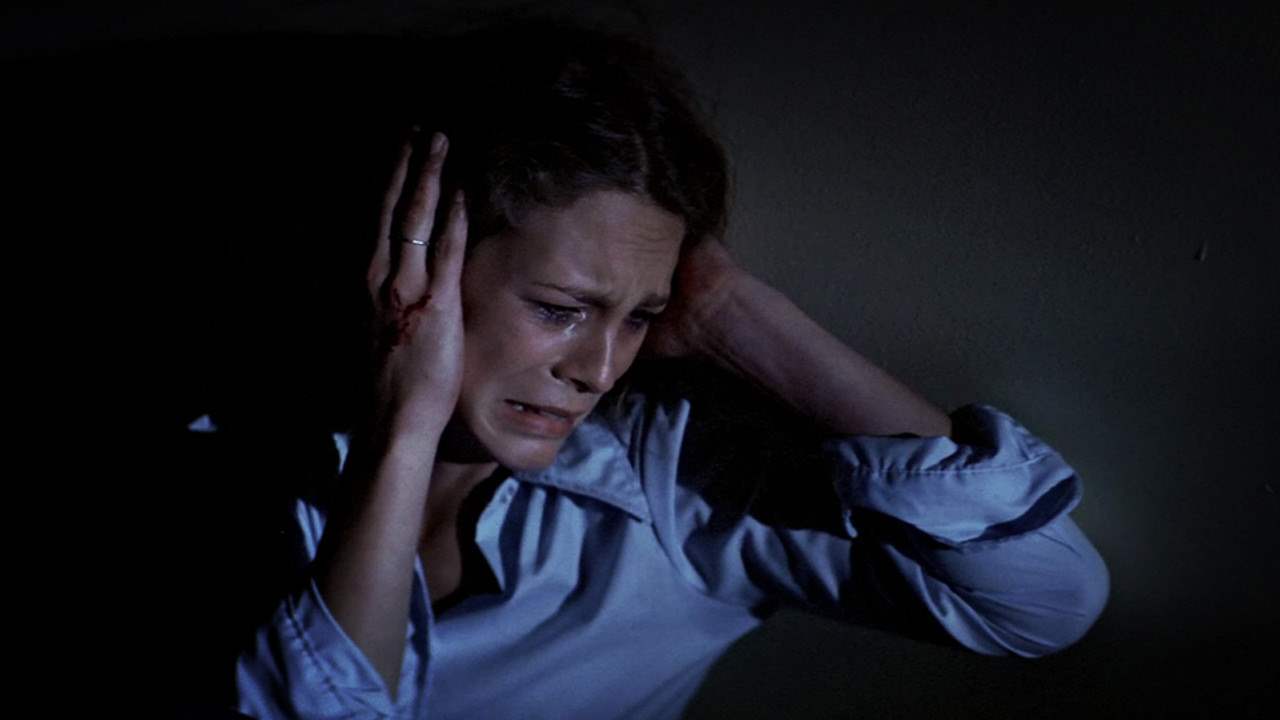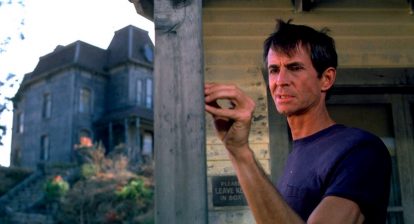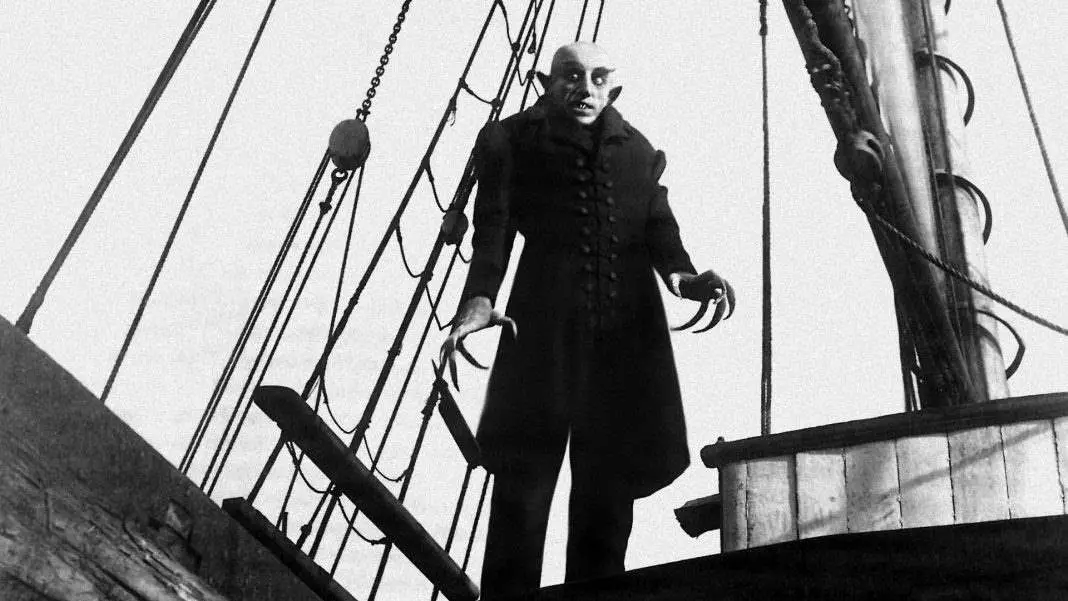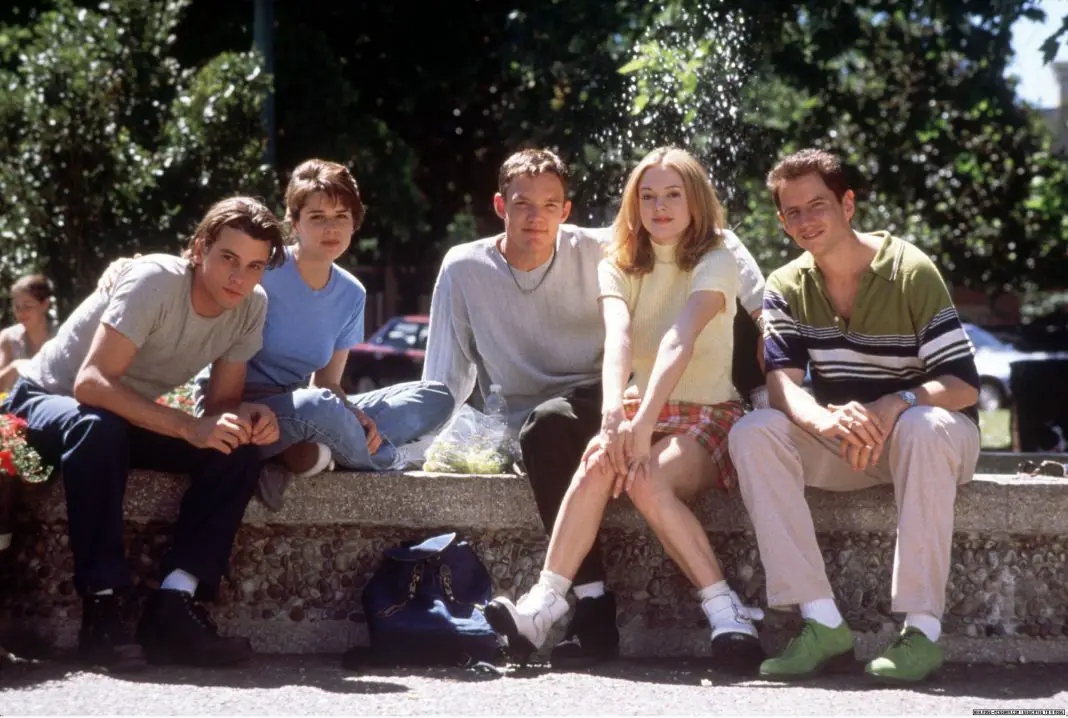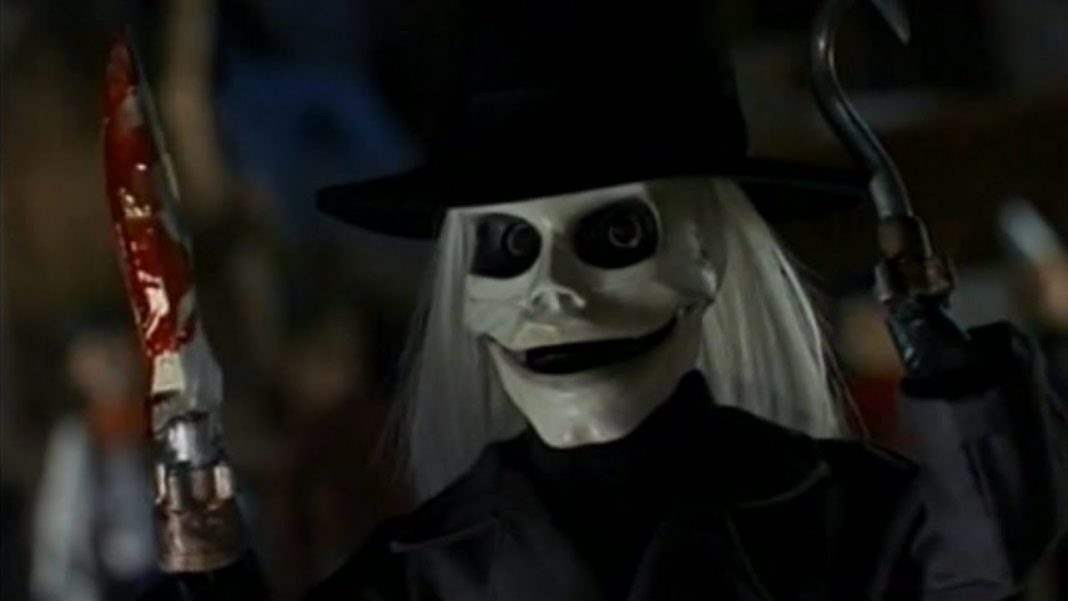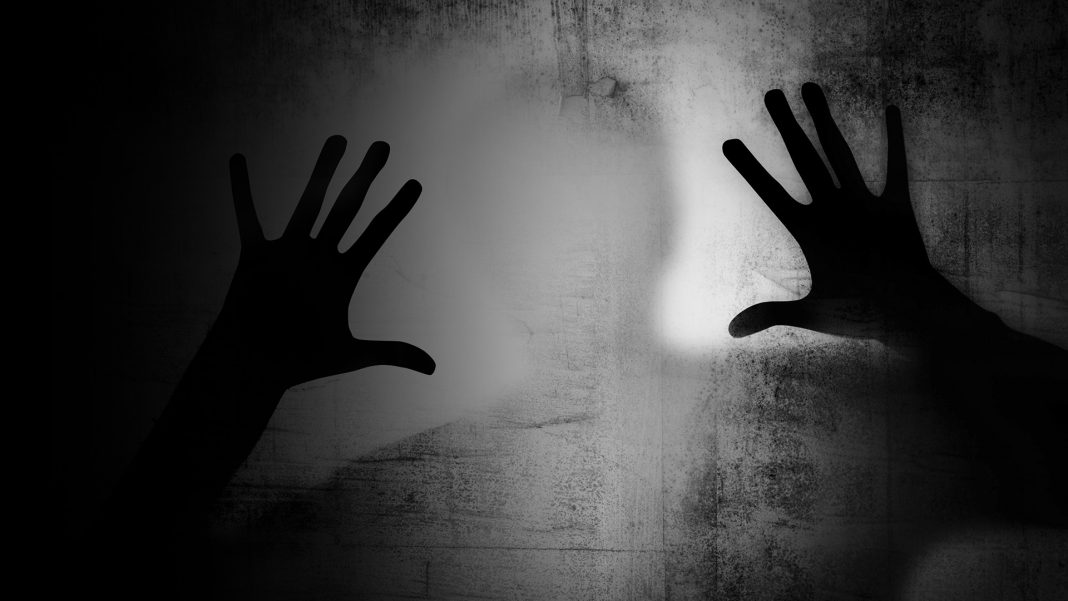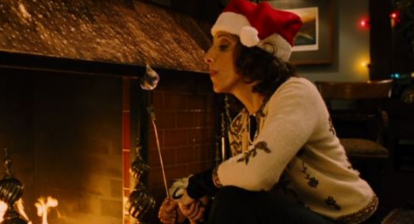There’s an endless debate as to what the first slasher movie actually is. Looking back on it, I think it’s a subject that warrants further investigation. But it doesn’t do any good for me to simply jump in and say “Well, this is what I think it is” because then a hundred people will crawl out of the woodwork to provide a counter argument. And that’s really my whole point. People can never really agree on where the slasher genre began because they can’t even totally agree on what it is.
Some fans think that the term slasher only applies to titles that follow the standard ‘80s formula, others think it includes anything involving a serial killer. There are so many different interpretations of what a slasher movie actually is. Does the killer need to be largely unseen? Does it have to have a murder mystery element? How big does the body count need to be? Does The Texas Chain Saw Massacre count as a slasher movie? How about A Nightmare on Elm Street?
These are questions that I hear all the time, and they’re all incredibly hard to answer because every one of them is subjective. But that doesn’t change the fact that there’s still a ton of debate about what actually defines a slasher movie and where they come from. Why can’t it be pinpointed? It seems like such an obvious thing to do. Nosferatu was the first major vampire film. I Walked With a Zombie was technically the first zombie, but Night of the Living Dead is absolutely the film that defined the zombie genre.
Related: These Early Slashers Should Have Become Classics!

The true U.S. slasher cycle hit the ground running after the huge box office success of Halloween and was cemented by the release of Friday the 13th in 1980. We received dozens of similar films following the same structure and themes over the course of just a couple of years. Never before in horror history has a trend hit so hard or burnt out so quickly. People were already declaring the slasher film dead by the release of A Nightmare on Elm Street in 1984.
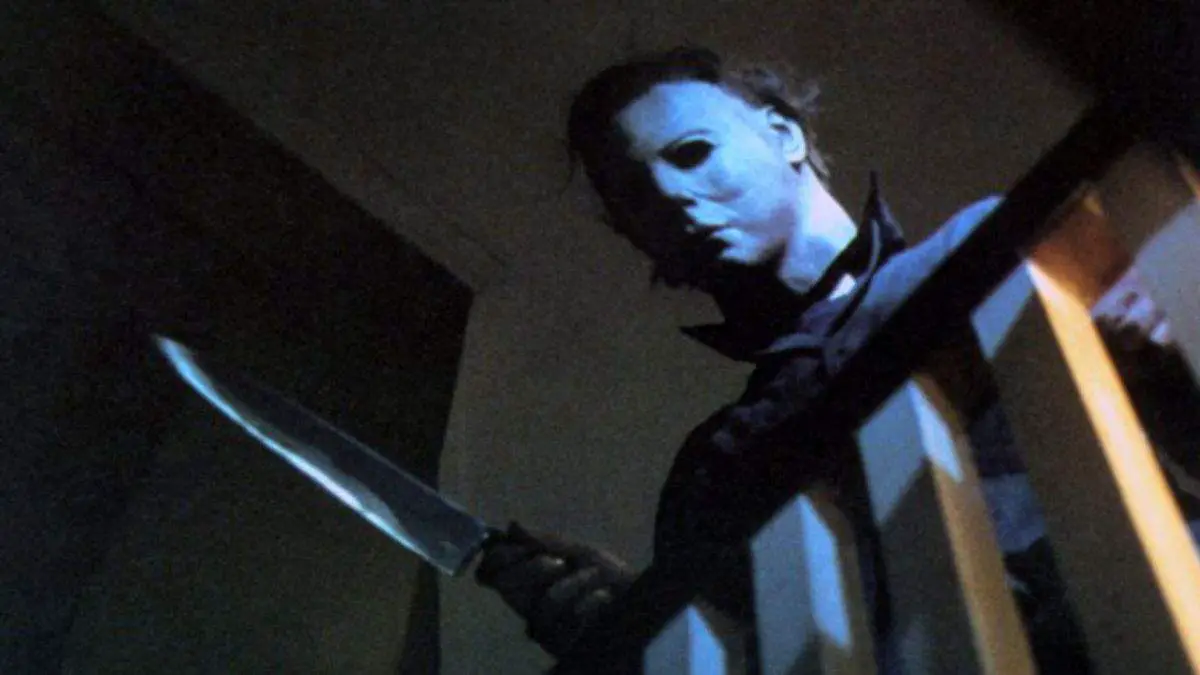 Halloween didn’t just set the groundwork for the the films that followed it in the early ‘80s, though. It was the blueprint for everything. Yes, it had its own inspirations, but the films that borrowed from Carpenter’s movie borrowed so specifically. Most of the standard early ‘80s slashers aped the entire structure. There was the inciting incident and that flashback kill or scare sequence that would set up everything to come. There would be the backstory built up around the killer, the teenage cast being picked off one-by-one, leading to an ending that would leave the audience wondering whether or not the killer was really dead. Friday the 13th, Terror Train, Prom Night, Happy Birthday to Me, My Bloody Valentine, The Prowler and so many more borrowed all of these elements and reused them with varying degrees of success.
Halloween didn’t just set the groundwork for the the films that followed it in the early ‘80s, though. It was the blueprint for everything. Yes, it had its own inspirations, but the films that borrowed from Carpenter’s movie borrowed so specifically. Most of the standard early ‘80s slashers aped the entire structure. There was the inciting incident and that flashback kill or scare sequence that would set up everything to come. There would be the backstory built up around the killer, the teenage cast being picked off one-by-one, leading to an ending that would leave the audience wondering whether or not the killer was really dead. Friday the 13th, Terror Train, Prom Night, Happy Birthday to Me, My Bloody Valentine, The Prowler and so many more borrowed all of these elements and reused them with varying degrees of success.
Sure, there were slashers in the later half of the ‘80s, but they were totally different in terms of style. In the wake of Nightmare on Elm Street, most of them took a more fantastical approach. They were getting cheaper, though, and weren’t making nearly as much at the box offices. Even the major franchises were waning. The late ‘80s turned to more comedy and fantasy horrors for success. Audiences had become bored with the stalk-and-slash cycle and wanted a change of pace.
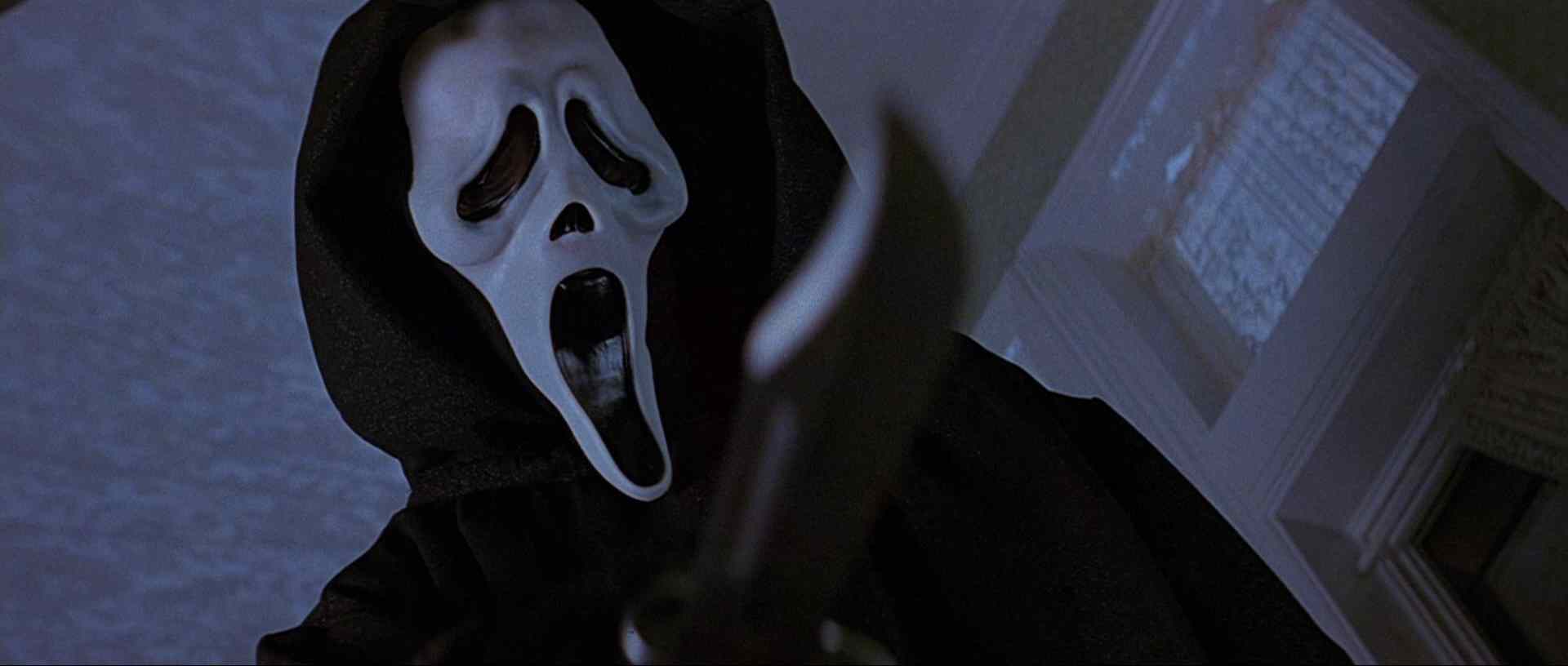 The release of Scream in 1996 gave birth to a new slasher trend, one that commented on and deconstructed the flicks of the previous decade, but ironically succeeded because of a return to the classic formula.
The release of Scream in 1996 gave birth to a new slasher trend, one that commented on and deconstructed the flicks of the previous decade, but ironically succeeded because of a return to the classic formula.
We will always have slasher movies in some form or another. And we’ll always argue about them because while they all tend to be labeled as one specific thing, the sole reason these films succeed is because they keep reinventing themselves.
